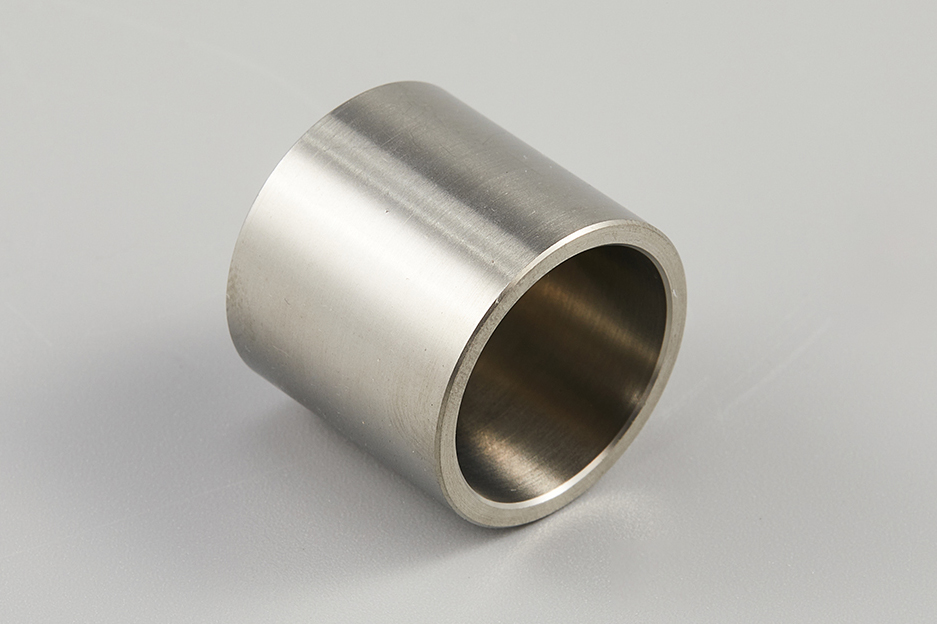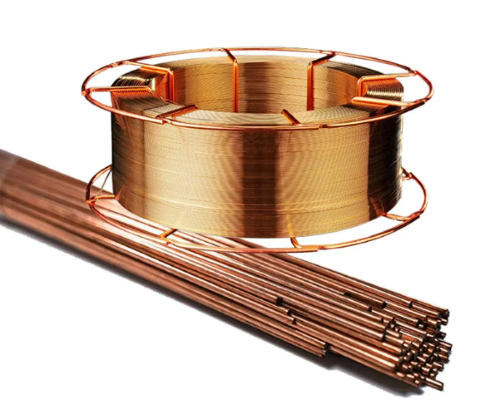Unveiling the Iridium Crucible in Artificial Crystal Growth
In the intricate world of artificial crystal growth, the iridium crucible emerges as a silent architect, influencing the quality and precision of crystal formation. This article delves into the diverse facets of iridium crucibles, exploring their types, design impact on crystal growth, and the crucial role they play in producing high-purity crystals for a multitude of applications.

Understanding Iridium Crucibles:
Iridium crucibles come in two primary types: the flat iridium crucible and the arc bottom iridium crucible. The pivotal factor influencing crystal growth is the distribution of the temperature field. For artificial crystal growth, the flat iridium crucible is commonly employed.
However, advancements in crucible design, specifically transitioning to the arc bottom iridium crucible, promise more ideal temperature field distribution. This improvement is particularly significant, enhancing the growth process and resulting in a noticeable improvement in crystal quality.
A crucial aspect affecting the lifespan of a crucible is the deformation of its bottom. The transition from a flat to a curved bottom crucible minimizes distortion, extending the crucible's life. Moreover, this innovation in crucible design not only prolongs the crucible's lifespan but also contributes to improving the quality of crystals in specific growth scenarios.
Iridium's Role in High-Purity Crystal Production:
The exceptional chemical stability and high melting point of iridium make it an ideal crucible material for growing various metal oxide single crystals. This versatile application extends to the production of high-purity crystals, each serving distinct purposes across multiple industries.

1. YAG Crystals:
Yttrium aluminum garnet (YAG) crystals, cultivated in iridium crucibles, find widespread application in solid-state lasers. Their primary use lies in medical and industrial laser welding and cutting, showcasing the precision achievable through iridium crucible technology.
2. Sapphire:
Sapphire crystals, grown in iridium crucibles, serve as substrate materials for blue and green LCD backlight secondary pipes in mobile phones and cars. Additionally, sapphire acts as a window material for supermarket scanners. Its applications extend further to laser waveguides in dental surgery, missile observation windows, and various other technological niches.
3. Lithium Base Crystals:
Lithium tantalate and langasite, nurtured in iridium crucibles, contribute to cellular phones, satellite receivers, and wireless communication devices. The latest developments include piezoelectric materials with broad bandwidth, suitable for w-CDMA IF segment surface acoustic filter bases, automobile sensors, and gyroscopes.
4. Gadolinium Gallium Garnet (GGG) Crystals:
Valued in the electronics industry, GGG crystals were once predominant in flash memory but have seen a decline with the rise of semiconductor memory. Their unique resilience in nuclear explosion conditions, however, sustains their usage in military equipment.
5. LSO and GSO Crystals:
In the medical realm, Lutetium oxyorthosilicate (LSO) and Gadolinium oxyorthosilicate (GSO) crystals play a pivotal role as scintillation crystals in tumor diagnosis. These crystals also find applications in oil mine records and X-ray displays for package checks.
Conclusion:
In conclusion, the iridium crucible stands as an indispensable tool in the precision-driven world of artificial crystal growth. Its evolution from flat to arc bottom designs showcases ongoing advancements in the field, promising more ideal temperature field distribution and enhanced crystal quality. The applications of iridium crucibles in growing high-purity crystals span across diverse industries, influencing technological innovations, medical diagnostics, and military equipment. As technology continues to advance, the role of iridium crucibles remains paramount, driving progress and shaping the landscape of crystal-based applications.



